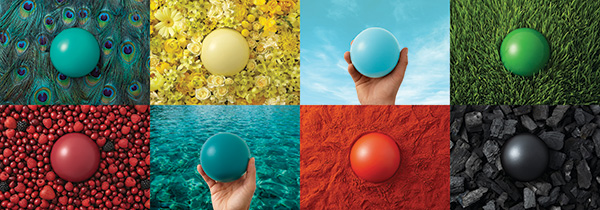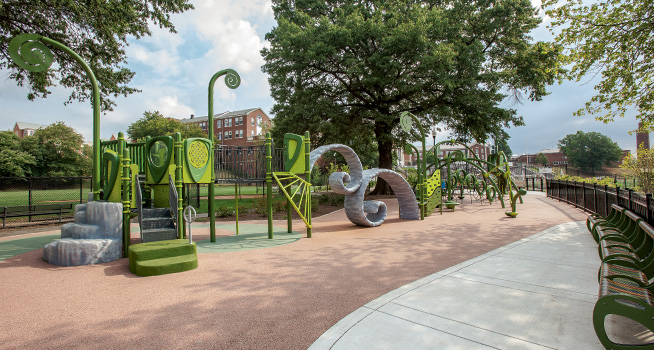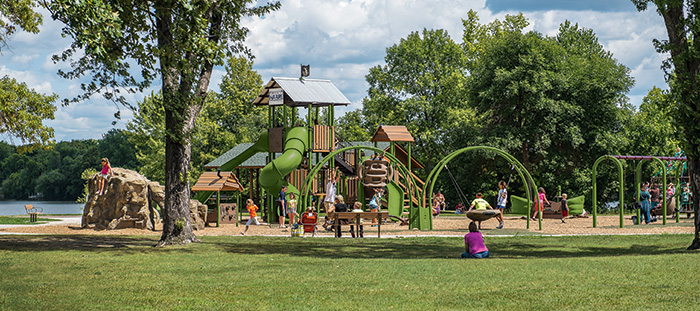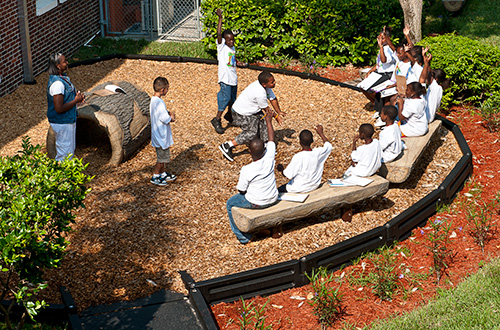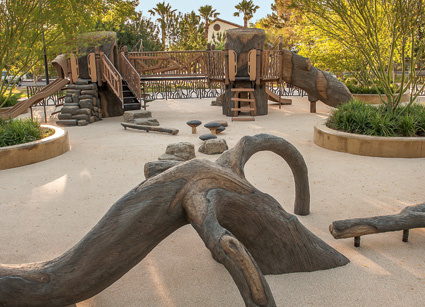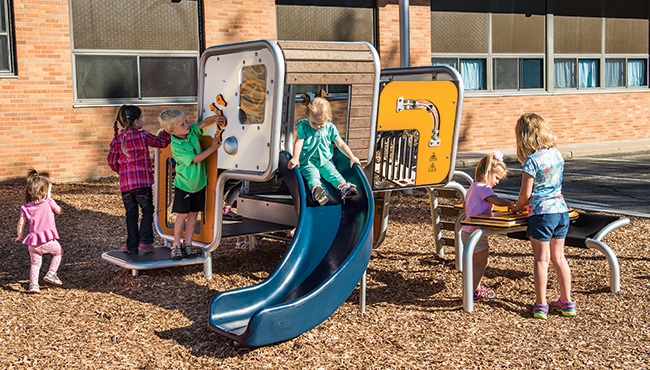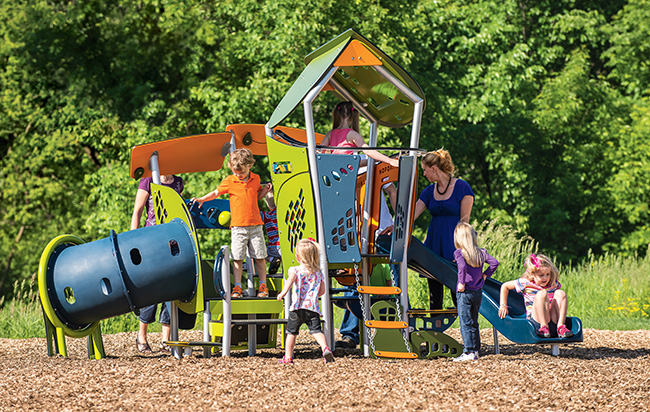When it comes to playgrounds, color is just as important to a child’s learning environment as the play structure itself. To create a sensory-rich playground environment for children, we spent the past year researching outdoor environments and working with chemists to create color formulas in nature-inspired hues and tones. The new colors—Berry, Buttercup, Carbon, Grass, Lagoon, Paprika, Peacock and Sky—are designed to enhance a child’s play experience.
The benefits of these innovative colors are numerous:
- Nature-inspired colors allow children to engage in a playground design that creates a calming experience. This is because tones that reflect the outdoors are familiar to children. For example, we wanted the tone Buttercup to relay the feeling of playing a field of flowers.
- Unlike the average toy, which is meant to drive visually loud experiences, natured-inspired playground colors help children focus. This is particularly beneficial for children with sensory processing disorders who often seek soothing environments, and the tones Sky and Peacock are meant to replicate the calming sense of sky gazing or playing in a garden.
- Our new color line intentionally adds a metallic fleck to a matte finish for a richer finish that creates texture and offers a tactile play experience.
Learn more about our color inspirations and our overall design philosophy at playlsi.com. And tell us here how you use color to create additional dimension in your designs.

